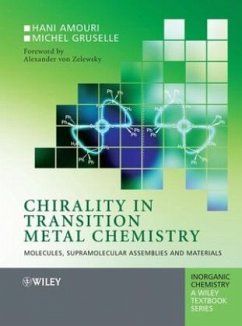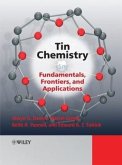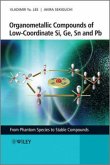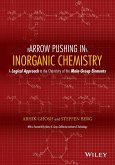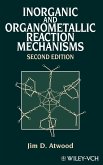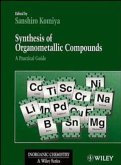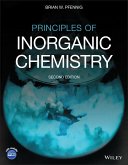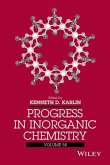Chirality in Transition Metal Chemistry shows how transition metal chirality has an important role in coordination, organometallic and supramolecular systems, and discusses applications in organic synthesis, materials science, and molecular recognition.
The book begins with an overview of chirality, with a discussion of absolute configurations and system descriptors, physical properties of enantiomers, and principles of resolution and preparation of enantiomers. The subsequent chapters deal with the the specifics of chirality as it applies to transition metals, including examples of:
chirality at metal half sandwich compounds including Brunner and Gladysz chiral compounds
chiral-at-metal complexes in organic synthesis, including Davies and Liebeskind chiral complexes
homogeneous catalysis by chiral complexes
chiral ferrocene ligands in asymmetric catalysis
chiral recognition in coordination compounds
introduction to DNA discrimination by chiral octahedral metal complexes
chirality in supramolecular coordination compounds
the new field of chiral materials, including chiral metal conductors and chiral networks based on optically active bricks
Chirality in Transition Metal Chemistry is an essential introduction to this increasingly important field for students and researchers in inorganic chemistry.
Inorganic Chemistry: A Wiley Textbook Series
This series reflects the pivotal role of modern inorganic and physical chemistry in a whole range of emerging areas, such as materials chemistry, green chemistry and bioinorganic chemistry, as well as providing a solid grounding in established areas such as solid state chemistry, coordination chemistry, main group chemistry and physical inorganic chemistry.
Hinweis: Dieser Artikel kann nur an eine deutsche Lieferadresse ausgeliefert werden.
The book begins with an overview of chirality, with a discussion of absolute configurations and system descriptors, physical properties of enantiomers, and principles of resolution and preparation of enantiomers. The subsequent chapters deal with the the specifics of chirality as it applies to transition metals, including examples of:
chirality at metal half sandwich compounds including Brunner and Gladysz chiral compounds
chiral-at-metal complexes in organic synthesis, including Davies and Liebeskind chiral complexes
homogeneous catalysis by chiral complexes
chiral ferrocene ligands in asymmetric catalysis
chiral recognition in coordination compounds
introduction to DNA discrimination by chiral octahedral metal complexes
chirality in supramolecular coordination compounds
the new field of chiral materials, including chiral metal conductors and chiral networks based on optically active bricks
Chirality in Transition Metal Chemistry is an essential introduction to this increasingly important field for students and researchers in inorganic chemistry.
Inorganic Chemistry: A Wiley Textbook Series
This series reflects the pivotal role of modern inorganic and physical chemistry in a whole range of emerging areas, such as materials chemistry, green chemistry and bioinorganic chemistry, as well as providing a solid grounding in established areas such as solid state chemistry, coordination chemistry, main group chemistry and physical inorganic chemistry.
Hinweis: Dieser Artikel kann nur an eine deutsche Lieferadresse ausgeliefert werden.

